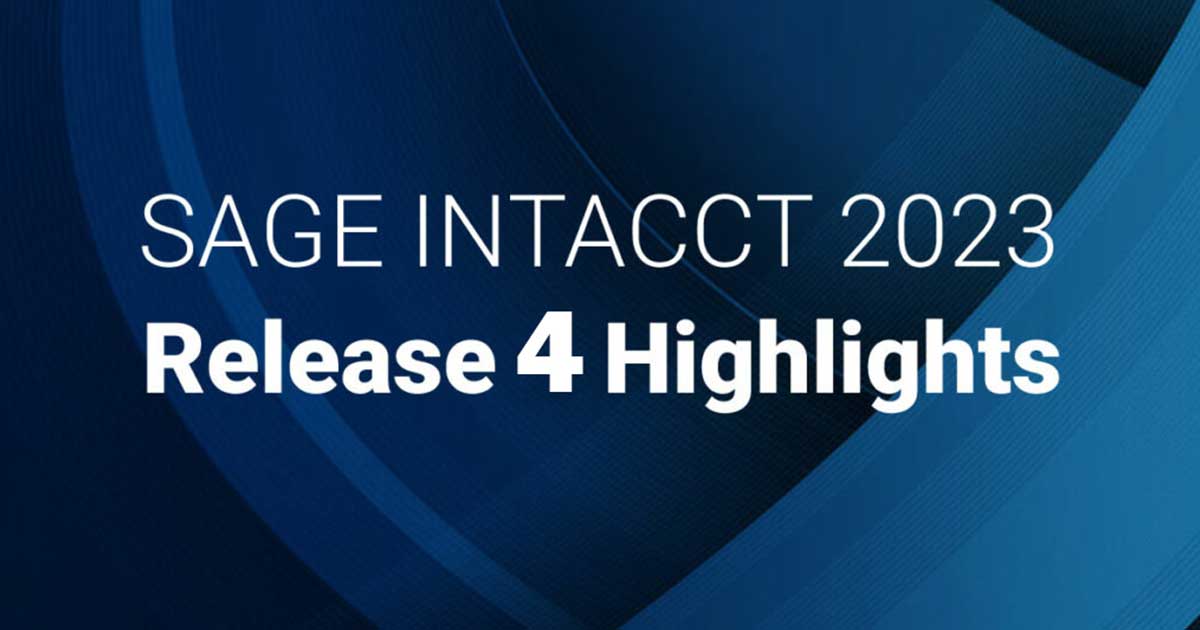Multi-entity nonprofits have more complexity when it comes to nonprofit accounting and financial statement preparation. It’s essential to have the right visibility into financial performance so you can make good stewardship decisions, have a successful audit, and maintain donor trust and confidence.
Financial reporting can be a time-consuming process when an organization lacks good financial management automation and has to rely too heavily on spreadsheets. The inefficiencies really stack up when nonprofits need to account for multiple entities, locations, asset types, and/or currencies.
Consolidated financial statements group together all the related entities (locations, subsidiaries, etc.) and provide executives, board members, and auditors with a unified view of performance across operations. In this article, we’ll examine when consolidated financials are required and how to improve the quality of financial reporting while shortening close times.
When is consolidation required?
The relationship between entities dictates how financial statements should be prepared and presented. Multi-entity nonprofits need to choose between presenting consolidated financials or combined financial statements. The first step is to understand FASB requirements for whether to consolidate or combine. To consult the relevant FASB standards, refer to Not-for-Profit Entities—Consolidation (Subtopic 958-810).
The decision to consolidate or combine largely comes down to the relationship between the nonprofit and the related entities. Carlos Hurtado, a CPA and Nonprofit Audit Supervisor explains, “When the relationship among two or more organizations implies controlling financial interest and control or economic interest and control, then consolidation is required. In contrast, when two or more related organizations are led by a common management and controlled by the same entity, combined financial statements are required.”
You’ll need to consolidate your financial statements if your nonprofit has both economic interest and control over your other entities. Control means your organization has the sole right to manage and direct the activities of the entity. You may also have a voting majority on its board (or it might not even have a separate board). Economic interest means your organization either financially holds the entity in its entirety or holds the entity’s significant liabilities and/or resources.
If your multi-entity nonprofit does need to present consolidated financials, let’s examine a few best practices to help you improve financial reporting while shortening close times.
Best practice #1: move financial reporting to the cloud
Today, many multi-entity nonprofits are increasing both the efficiency and quality of financial reporting with a modern cloud financial management solution. In addition to automating tasks like journal entries, a modern cloud financial management solution can also automate bank reconciliations, allocations, currency conversions, consolidations, and more.
According to the Sage Intacct 2021 Close the Books Survey, multi-entity nonprofits prefer cloud financial management. Three times as many respondents with 5+ entities used a cloud solution rather than relying on spreadsheets or QuickBooks. On average, nonprofits using a cloud solution closed their books two days faster, despite having more complex financial operations.
The Montana Hospital Association (MHA) serves members across the state with a variety of education programs and other services. Structured as three distinct subsidiaries—an association, a not-for-profit foundation, and a for-profit services venture—MHA’s financials became increasingly complex over time. The organization’s outdated accounting software wasn’t up to the task, and closing the books took too long. By switching to cloud financial management with Sage Intacct, MHA was able to completely automate consolidations and eliminate the cumbersome process of manually entering hundreds of inter-company transactions each month—cutting days out of its monthly close process.
Best practice #2: Automate consolidations for a faster close
When it comes to consolidated financials, two factors consume the most time for the accounting team—manually re-entering transactions from entities to the accounting system and using spreadsheets to perform consolidations.
A cloud financial management system with multi-entity and multi-currency global consolidation capability can be accessed from anywhere, so it is easy to have entities use the same accounting system. This helps keep data fresher and avoids rekeying errors.
Ditching spreadsheets is another important step toward shortening the close for multi-entity nonprofits. Eliminate spreadsheets by adopting cloud financial software capable of handling global complexities including decentralized payables, inter-entity transactions, and multiple currencies.
Vitamin Angels partners with local organizations and governments around the world to reach pregnant women, infants, and young children with evidence-based nutrition interventions. Despite the complexity of operating in more than 70 countries, the accounting team was tracking international entities using Excel spreadsheets before replacing manual accounting processes with Sage Intacct nonprofit accounting software.
With Sage Intacct, Vitamin Angels streamlined multi-entity accounting processes and adopted financial best practices. Accounting for multi-currency transactions, intercompany transactions and global consolidations takes place inside the accounting system, enabling a more consistent, faster close. Now, it is also easier to expand into new countries and set up separate entities to meet each country’s compliance and reporting requirements.
Best practice #3: Improve visibility with continuous consolidations
In today’s rapidly changing nonprofit environment, your financial management system needs to become a source of real-time operational and financial intelligence, not simply a system of record. Executives and board members benefit from real-time insights for mission critical decision making.
With the right cloud nonprofit accounting software, your organization can benefit from continuous multi-entity consolidation accounting. This means automating intercompany eliminations at the point of consolidation and performing currency conversions in real time. Decision makers can view interim summary financials at any time, knowing they are benefitting from fully updated currency and transaction data.
The Roman Catholic Diocese of Portland serves parishioners across the entire state of Maine through over 100 distinct entities, including parishes, schools, and more. Prior to implementing Sage Intacct, this complex organization struggled to manage financial reporting with a central finance team using a different accounting system than parishes with separate databases for each entity. Consolidating annual financials required the team to spend about 15 hours logging in and out of these databases to manually export data for every parish. They also prepared most reports in Excel spreadsheets.
Sage Intacct provided a single, cloud-based financial system that supports the entire organization, including 70 bookkeepers in the field. Overall finance efficiency improved by 10% and automated consolidations saved 60 hours per year. More importantly, the ability to do real-time consolidations, paired with robust reporting capabilities, gave the Diocese new levels of operational insight.
Conclusion
Multi-entity nonprofits face a complex accounting environment, especially if they operate in multiple countries or need to prepare consolidated financials. Cloud financial management automation offers multi-entity nonprofits the ability to streamline financial reporting, including currency conversions, inter-entity transactions, and consolidations to close the books faster. Nonprofits also enhance anytime financial visibility by using a solution offering continuous consolidations and currency conversions.
This post was originally published on Sage.com


